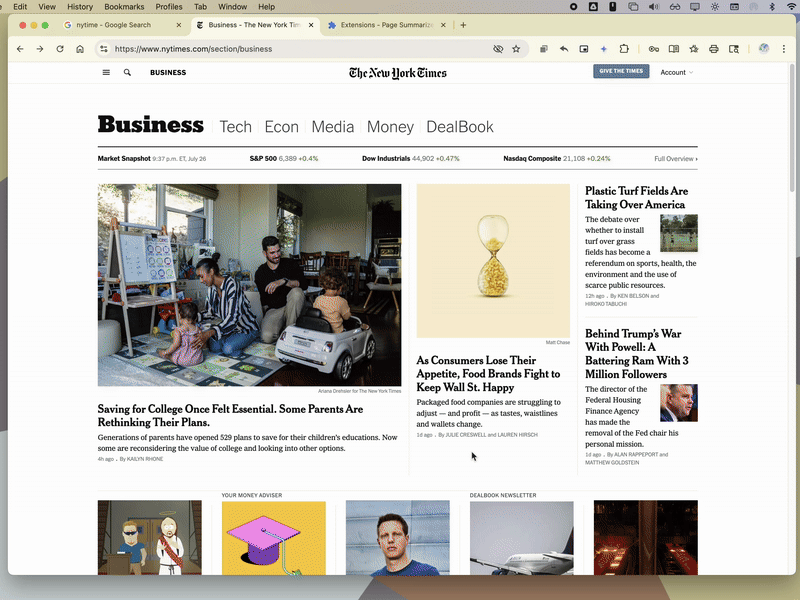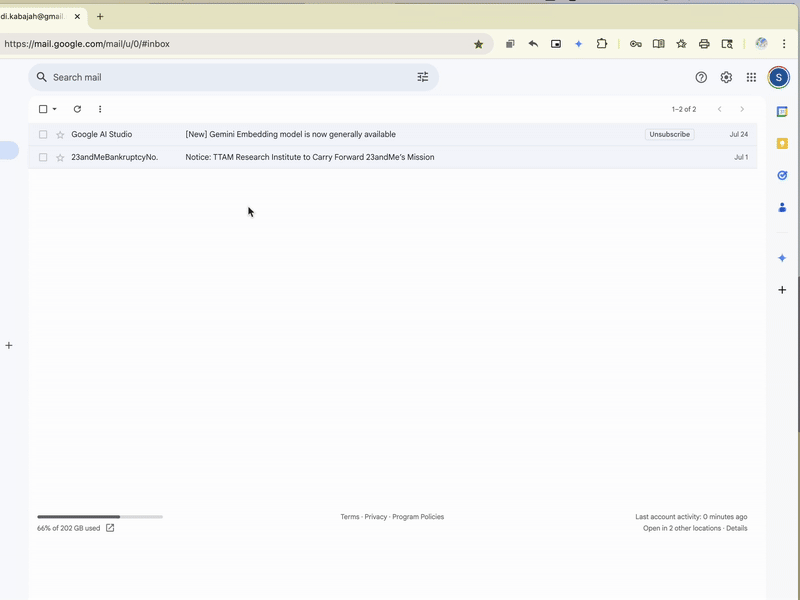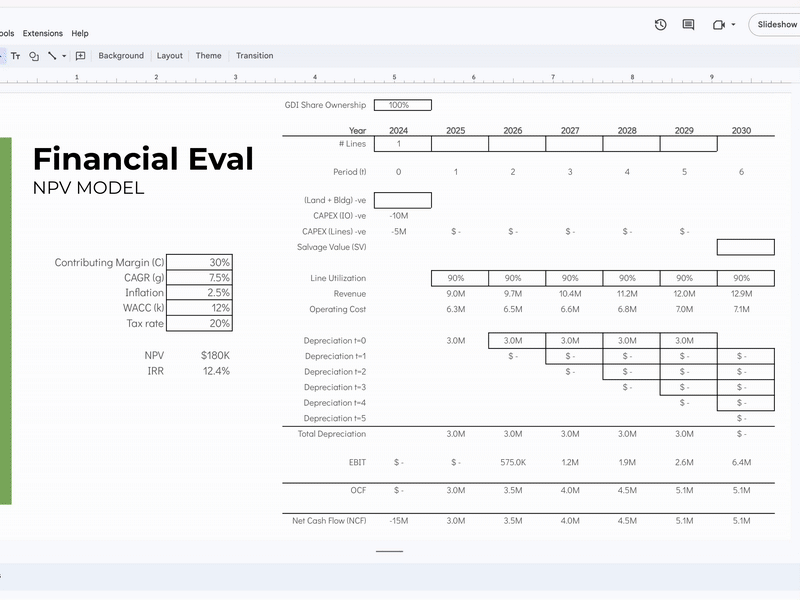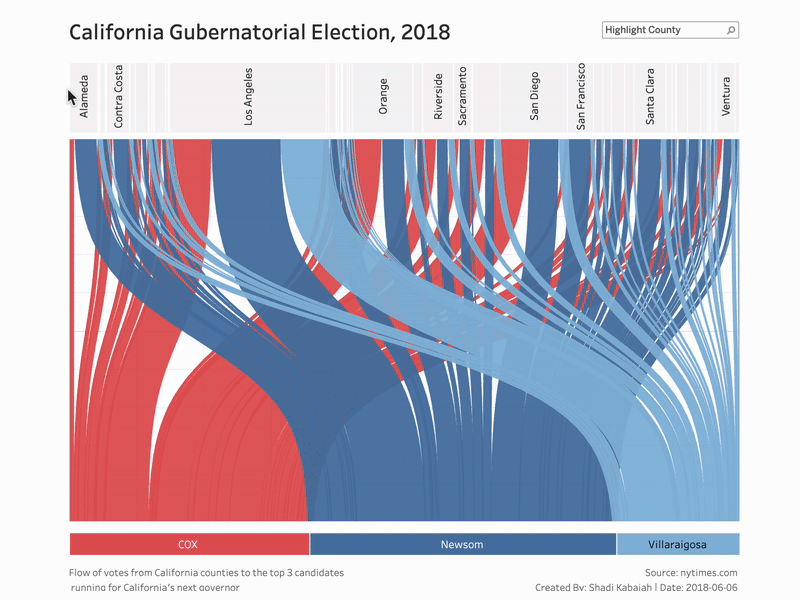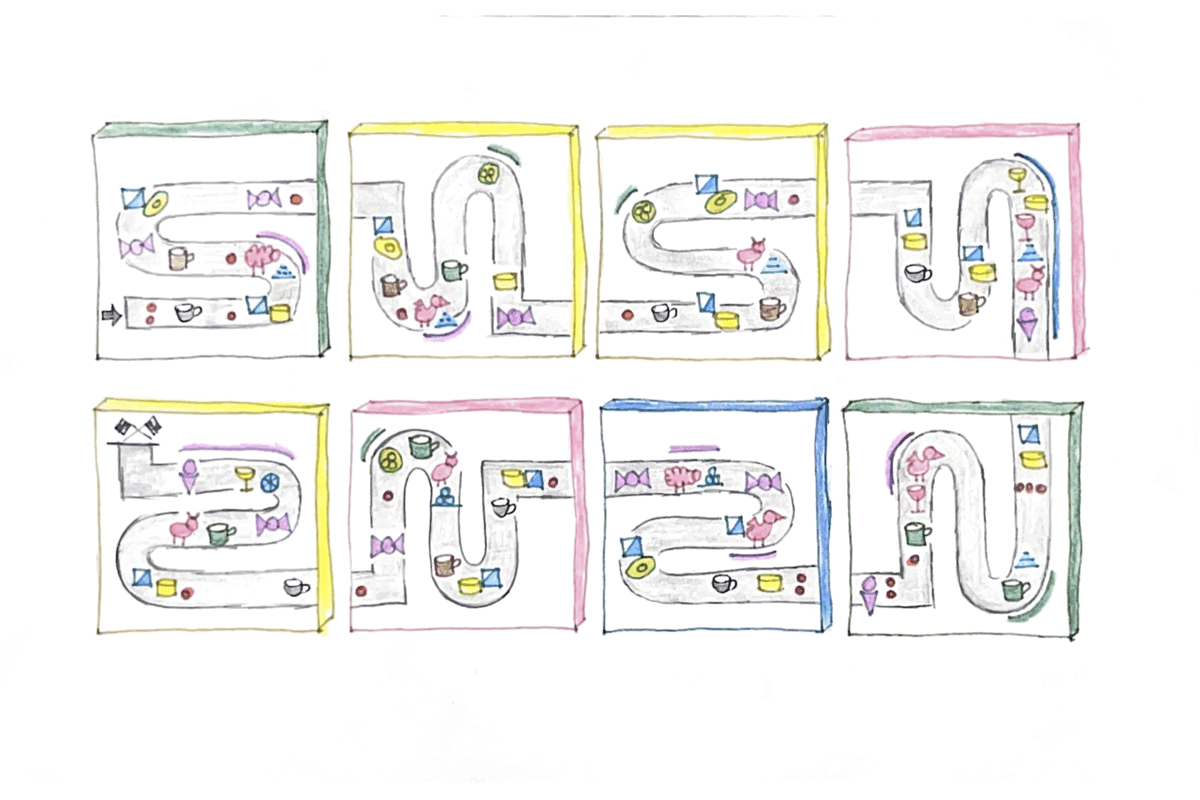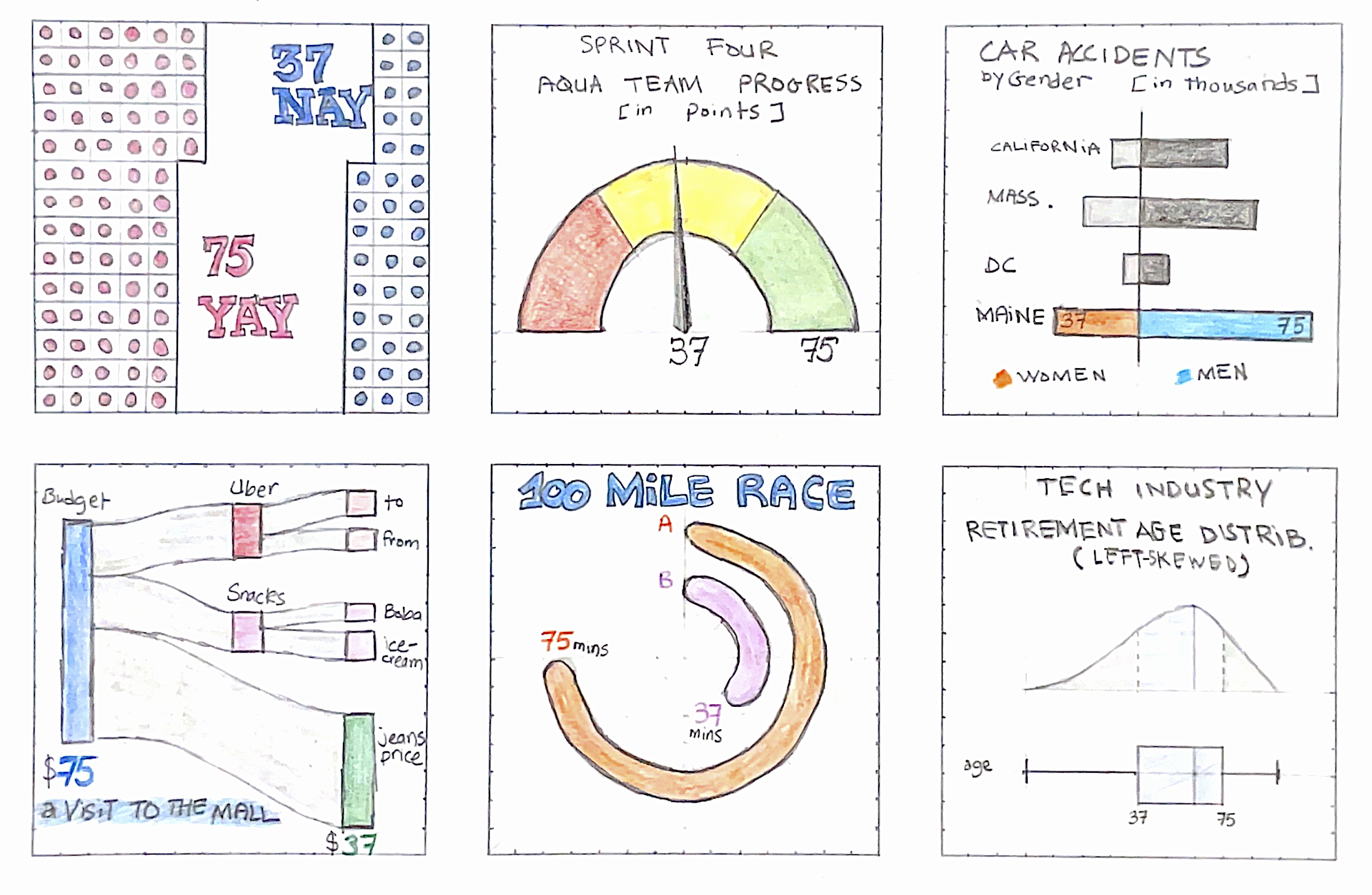Shadi Kabajah
This portfolio offers a glimpse into some of the projects I can build. For now, you’ll find examples of AI extensions, data visualizations, and demos using Tableau and SQL — but there’s definitely more to the story.
Feel free to reach out via email or connect with me on LinkedIn. I’d love to hear from you!
